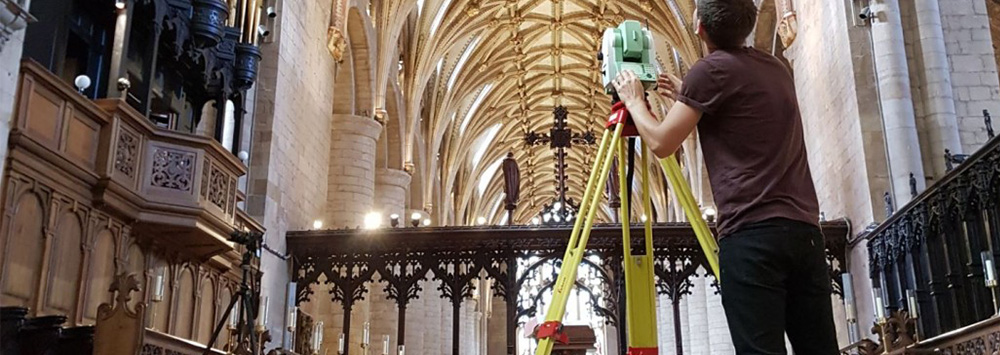Digital Humanities Research

Sponsored by

Bringing together collaborators from the public and private sectors, experts from different universities across the world, and academics from different disciplines is a key aspect of the University of Liverpool’s Digital Humanities research activity.
The humanities and social sciences make a significant contribution to cultural and intellectual life in the UK.
Digital Panopticon
![]()
Started in 2013, The Digital Panopticon is a collaborative project between the Universities of Liverpool, Sheffield, Tasmania, Oxford and Sussex, led by Professor Barry Godfrey from the University of Liverpool Sociology, Social Policy and Criminology Department.
This £1.7million AHRC project has made it possible for people to trace the records of Londoners sentenced to either imprisonment or transportation from 1787 up to the 1920s when the last convict died.
Tracing the past

This ongoing project brings together a team from the University of Liverpool to investigate medieval vault design in the British Isles using contemporary digital techniques.
The main aim of the project is to examine different tools that are now available, such as digital laser scanning and digital modelling, and ask questions of how these can be applied to historic works of architecture and the knowledge we can gain from this.
Architecture

The Digital Architecture research group at Liverpool focuses on the use of emerging digital technologies in design, construction and maintenance of built environment as well as the impact of these technologies in education, creative processes, collaboration between different professions, virtual prototyping, and production methods.
The Centre of Architecture and the Visual Arts (CAVA) at the University of Liverpool provides a place for researchers who are interested in crossing disciplinary boundaries in the pursuit of rigorous research surrounding the creative and visual culture of architecture and cities.